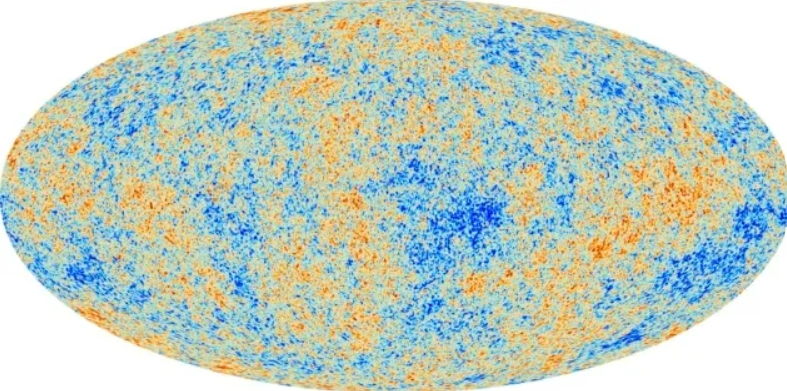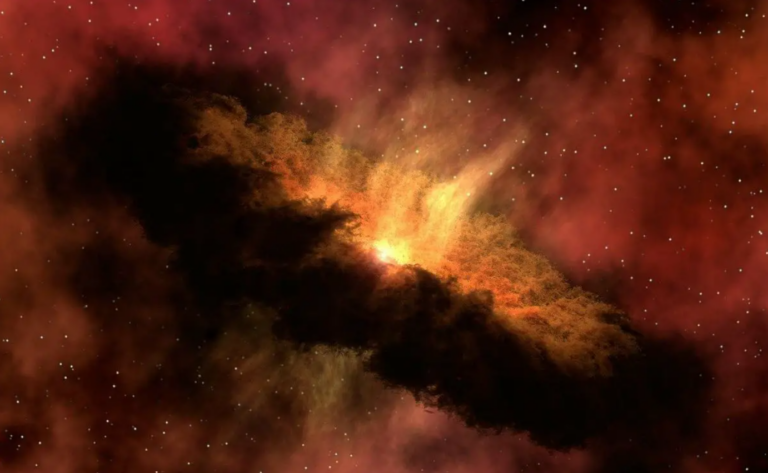Renowned physicist Sir Roger Penrose, who is affiliated with the University of Oxford and shares the 2020 Nobel Prize in Physics, presents an intriguing theory on the cyclical nature of the universe. Penrose proposes that our universe has experienced multiple Big Bang events, with another one looming in the future.
Penrose’s award-winning work focuses on developing mathematical frameworks that not only support but also expand upon Albert Einstein’s general theory of relativity. Additionally, his research on black holes sheds light on gravitational collapse, where extremely dense objects collapse into singularities, infinitely massive points.
During his Nobel acceptance speech, Penrose reaffirmed his unconventional theory, dubbing it “conformal cyclic cosmology” (CCC). He envisions a scenario where the universe continuously expands until all matter decays, leading to a new Big Bang and the emergence of a new universe.
By challenging the traditional belief in a single beginning, Penrose declares, “The Big Bang was not the start.” He argues that something existed before this cosmic event and will reappear in our future.
Penrose’s audacious proposition is substantiated by the discovery of six celestial phenomena known as “Hawking Points,” which are significantly larger than the Moon’s diameter. These enigmatic entities are named after the late Professor Stephen Hawking and are based on the concept that black holes emit radiation and eventually dissipate. However, what makes them even more intriguing is that their longevity exceeds the current age of our universe, making their detection highly unlikely.
Building on his collaboration with Hawking, Penrose suggests that these “dead” black holes are remnants of previous universes or “aeons.” If proven true, this conjecture would not only strengthen Hawking’s theories but also emphasize the cyclical nature of cosmic evolution.
Penrose’s groundbreaking paper, published in the Monthly Notices of the Royal Astronomical Society in 2020, presents evidence of anomalous circular patterns in the cosmic microwave background (CMB), characterized by elevated temperatures. These findings, obtained from the Planck 70 GHz satellite and verified through extensive simulations, provide compelling support for Penrose’s claims.

Penrose’s earlier research, conducted in 2018, pinpointed radiation hotspots in the CMB that could potentially be linked to evaporating black holes. Furthermore, a joint project in 2010 with Vahe Gurzadyan from the Yerevan Physics Institute introduced a cyclic cosmological model, pointing to uniform temperature rings in the CMB as evidence of gravitational waves from previous universe collisions.
Penrose’s theories have sparked discussions among cosmologists. Critics have raised concerns about the difficulties of reconciling an infinitely expanding universe in one aeon with a significantly contracting one in the next. Such transitions would require significant changes, including the loss of particle mass, as the universe evolves.
Do not forget to share your opinion with us to provide you with the best posts !




0 Comments